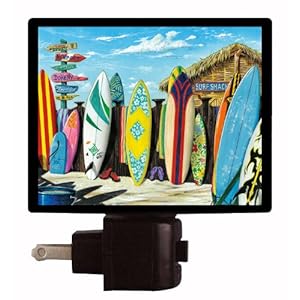
Why LED Be Noticed Amongst Other Lighting Technologies
The thin filament are heated from the electricity then create heats using a high temperature that makes it glows and produces a visible light, this is the process that happens on incandescent lamp (light bulbs). A pleasant warm yellow or white colour top quality are created by a broad selection of visible frequencies which can be all-natural. The incandescing approach, however, is extremely inefficient, as above 98% of its power input is emitted as heat led spot lights. A standard 100 watt 230 volt AC light bulb produces about 1700 lumens, about 17 lumens per watt. Nonetheless incandescent lamps are fairly affordable to make. The typical lifespan of a mains incandescent lamp on average is around 1,000 hours and they work nicely with dimmer switches.

By passing electricity by means of mercury vapor which in turn produces ultraviolet light is how fluorescent lamps work. The ultraviolet light is then absorbed by a phosphor coating inside the lamp, causing it to glow, or fluoresce. The power nonetheless lost in producing the ultraviolet light and converting this light into visible light whilst the heat generated by fluorescent lamps is significantly much less than its incandescent counterpart. In the event the lamp breaks exposure to mercury can happen. The cost of Linear fluorescent in comparison with incandescent lamps is fairly pricey, normally it the cost is 5 to six instances, nonetheless, the life spans are about ten.000 to 15.000 hours. Lifetime varies from 1,200 hours to 15,000 hours for compact fluorescent lamps. The lifespan is dramactically affected if fluorescent lamps are turned on and off repeatedly.
50 to 70 lumen per Watt overall could be the average efficacy of fluorescent tubes with modern electronic ballast. Most compact fluorescents 13 watts or much more with integral electronic ballasts achieve about 60 lumen per watt. To stop mercury release, it's fairly crucial that all fluorescents need to be recycled correctly rather than be disposed of by way of household waste. Most fluorescents flicker at 100 or 120 Hz, this can lead to headaches inside a lot of people and a lot worse in some cases and the good quality from the light tends to be a harsh white as a result of lack of a broad band of frequencies. Dimmers are not compatible mostly.
Filters are not required in terms of LEDs, a many colours are available also. A white LED might be produced up of a single high-power LED, several white LEDs, or from LEDs of distinct colours mixed to make white light.
Listed here are the benefits:
Large efficiency - From a one-watt device, LED's are now availabe that supply over 100 lumens, or significantly greater outputs at higher drive currents
Small size - they are able to be arranged in rows, rings, clusters, or person points, such a good design flexibility
High durability - no filament or tube to break.
p>Life span - in correctly engineered lamps, LEDs can final 50,000 - 60,000 hours.
Complete dimmability - as opposed to fluorescent lamps, LEDs may be dimmed using pulse-width modulation (PWM - turning the light on and off extremely swiftly at varying intervals).
Mercury-free - in contrast to fluorescent and most HID technologies, LEDs include no hazardous mercury or halogen gases, nonetheless, some existing models will not be compatible with standard dimmers. It isn't currently sensible to generate large levels of space lighting. Consequently, existing LED screw-in light bulbs provide either low levels of light at a moderate expense, or moderate levels of light at a high cost. In contrast to other lighting technologies, LED light tends to become directional which could be an benefit for spot or flood lighting. And using the SMD chip better common lighting may be produced.
Implementing SSL to operate from mains AC needs effectively made circuitry and a very good quality aluminium thermal case to dissipate the heat as individual LEDs are low-voltage DC devices.

